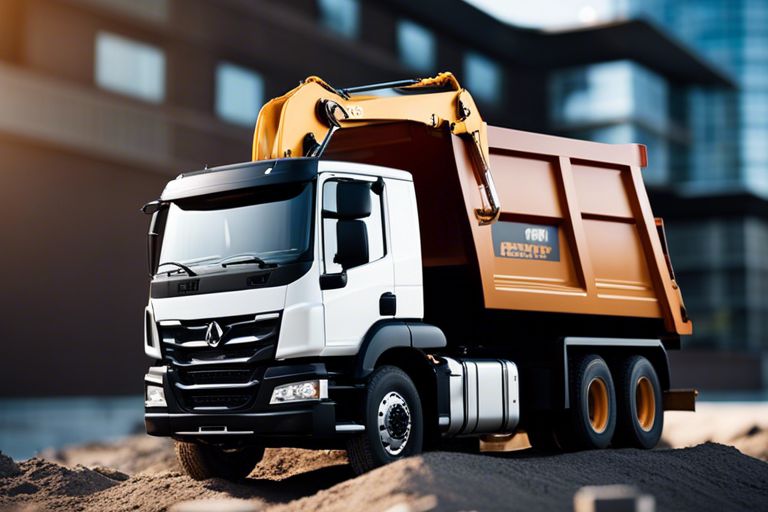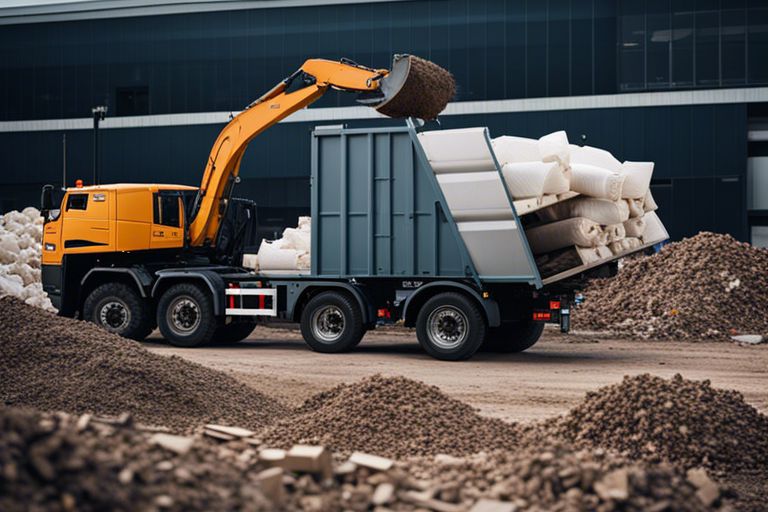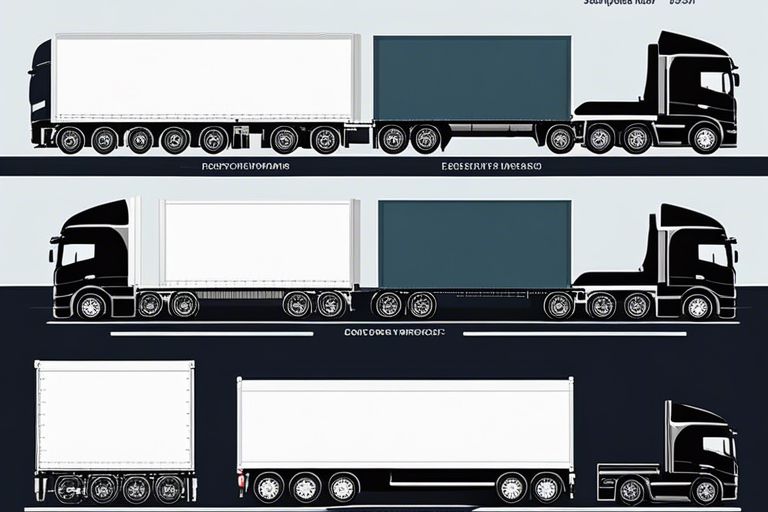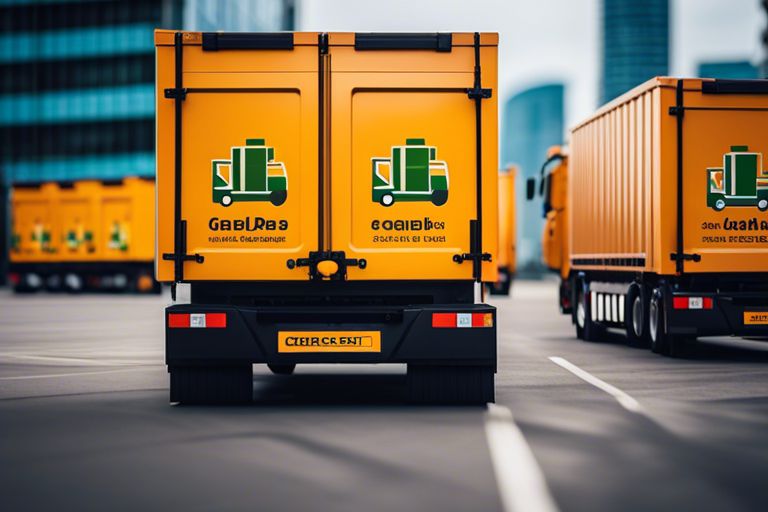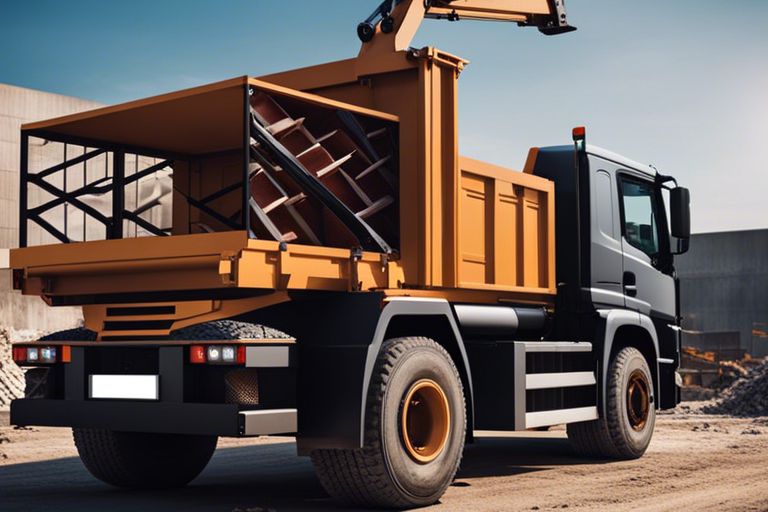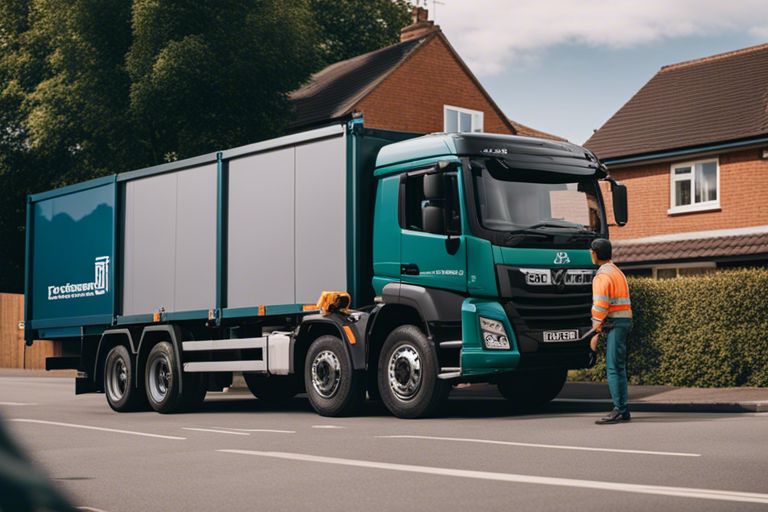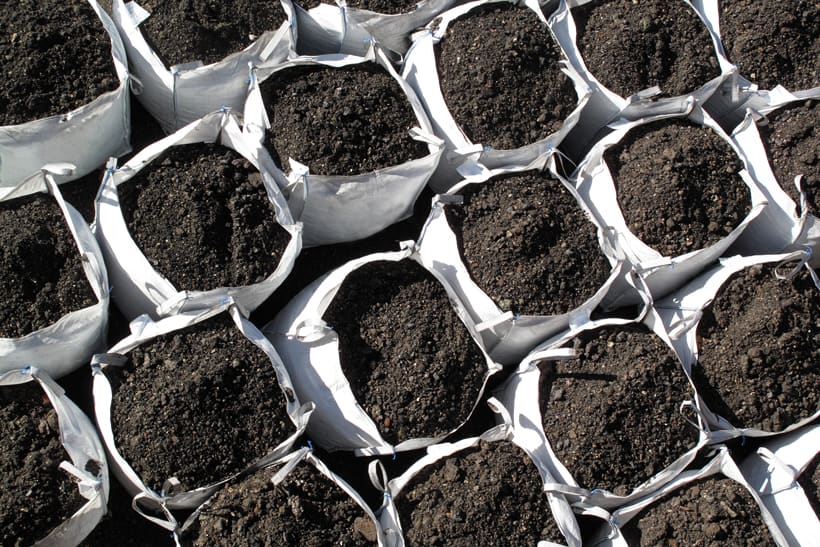When it comes to disposing of waste materials, it’s crucial to consider the environmental impact of your choice. Both grab hire and skip hire have their advantages and disadvantages, but which one is more eco-friendly? In this blog post, we will compare the two methods to help you make an informed decision for your waste disposal needs. From the greenhouse gas emissions to the amount of waste sent to landfills, we’ll explore the environmental impact of grab hire and skip hire so that you can make the most environmentally responsible choice for your project.
Key Takeaways:
- Grab Hire is more eco-friendly than Skip Hire as it involves the reduction of landfill waste by recycling and reusing materials.
- Grab Hire also allows for more precise waste collection as it can access tight spaces and pick up materials directly, reducing the risk of contamination and overall environmental impact.
- While both Grab Hire and Skip Hire have their advantages and disadvantages, when it comes to eco-friendliness, Grab Hire comes out on top due to its more sustainable waste management practices.
Definitions and Context
When it comes to managing your waste, you have a few options to consider. Two popular choices for disposing of your waste are grab hire and skip hire. Both methods have their pros and cons, but it’s important to understand the differences between the two to make an informed decision about which option is more eco-friendly.
What is Grab Hire?
Grab hire involves the use of a large, hydraulic grab arm attached to a truck. This arm is capable of reaching over walls and fences to collect waste materials from your site and deposit them into the truck’s bed. It’s a convenient and efficient way to remove large amounts of waste from your property without the need for manual labour. The grab arm can make the process quick and relatively hassle-free, allowing you to focus on other aspects of your project.
What is Skip Hire?
Skip hire, on the other hand, involves the delivery and collection of a large metal container, known as a skip, to your location. You fill the skip with your waste, and then the skip hire company will collect and dispose of the waste for you. Skips come in various sizes to accommodate different amounts of waste, making them suitable for both domestic and commercial use. Skips are a common sight on construction sites, renovation projects, and even residential properties undergoing clear-outs.
Environmental Impact Assessment
When deciding between grab hire and skip hire, it’s essential to consider the environmental impact of both options. By understanding the ecological footprint of each method, you can make an informed decision that aligns with your commitment to sustainability. You can read more about this topic in this article about Grab Hire vs Skip Hire.
Carbon Footprint of Grab Hire
Grab hire services often use larger vehicles to collect waste, leading to a noticeable carbon footprint. These vehicles consume more fuel, releasing higher levels of greenhouse gases into the atmosphere. Additionally, the transportation of waste materials to disposal sites contributes to air pollution and environmental degradation. It’s essential to consider these factors when assessing the eco-friendliness of grab hire services.
Carbon Footprint of Skip Hire
On the other hand, skip hire services also have their environmental impact. While they may involve smaller vehicle usage, the frequent back and forth transportation to collect and dispose of waste can still contribute to carbon emissions. Furthermore, the disposal process itself can release harmful substances into the environment if not managed effectively. It’s important to consider both the collection and disposal aspects when evaluating the overall carbon footprint of skip hire services.
By understanding the carbon footprint of both grab hire and skip hire, you can make a more informed decision that aligns with your commitment to environmental sustainability. Whether you choose to minimise your carbon footprint by opting for a more eco-friendly waste removal method, it’s important to factor in all aspects of the process to ensure it’s truly environmentally friendly. Make sure to consider the impact of the transportation and disposal methods, as well as the overall carbon emissions, before making your decision.
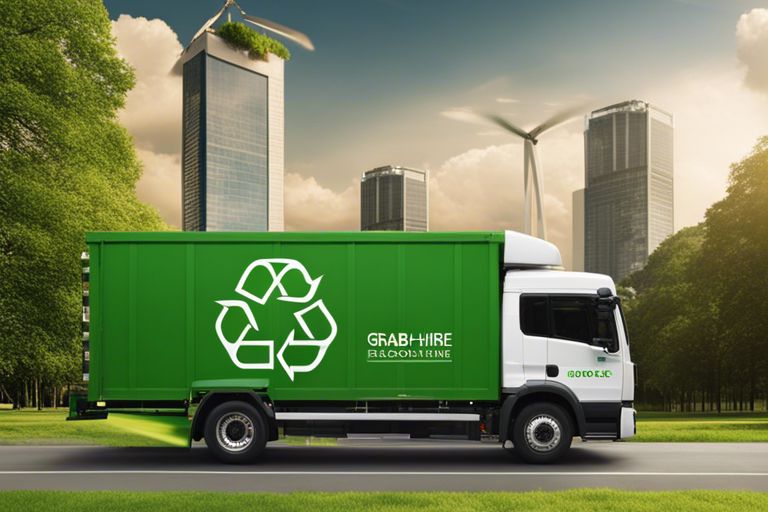
Efficiency and Waste Handling
When comparing Skip Hire Vs Grab Hire, efficiency and waste handling are crucial factors to consider. Both grab hire and skip hire offer efficient waste removal services, but the way they handle waste differs significantly.
Volume and Types of Waste Handled
With grab hire, you can handle a larger volume of waste, including bulky items and heavy materials such as concrete, soil, and construction waste. Skip hire, on the other hand, is more suitable for smaller quantities of general waste, such as household junk, garden waste, and renovation debris. Any inert and hazardous waste should be separated carefully to comply with environmental regulations.
| Waste Type | Handled by |
|---|---|
| Bulky items | Grab hire |
| Construction waste | Grab hire |
| Household junk | Skip hire |
| Garden waste | Skip hire |
| Inert and hazardous waste | Both |
Recycling and Disposal Processes
Both grab hire and skip hire services should follow proper recycling and disposal processes to reduce the environmental impact. You should check whether the waste management company has a certified recycling facility and ensures that the waste is disposed of responsibly. Always inquire about their recycling rates and waste management practices to make an informed decision.
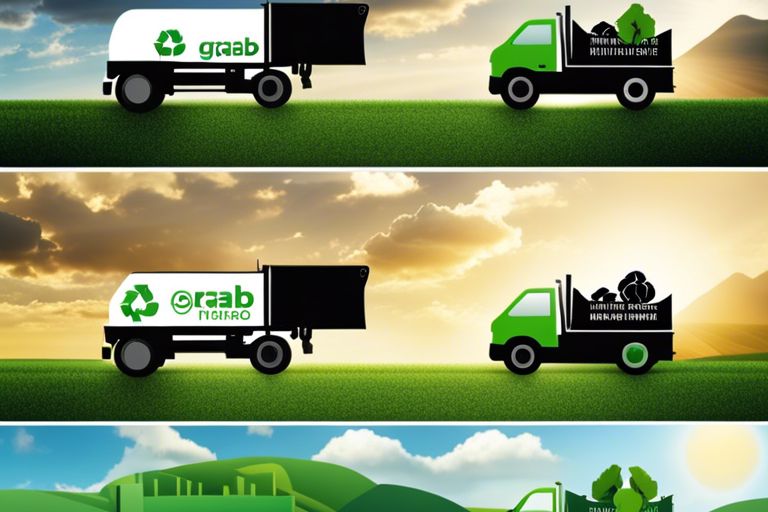
Making an Eco-Friendly Choice
When it comes to waste disposal, choosing an eco-friendly option is essential for reducing your environmental impact. Both grab hire and skip hire have their own benefits, but which one is the more sustainable choice for your waste management needs?
Cost-Benefit Analysis
When considering the eco-friendliness of grab hire compared to skip hire, you should take into account the cost-benefit analysis. With grab hire, the convenience of having the waste loaded for you can mean saving on time and labour costs. Additionally, the grab lorry can access hard-to-reach areas, reducing the need for additional equipment and manpower. On the other hand, skip hire may involve extra costs for permits or space rental, and you will need to load the skip yourself. By opting for grab hire, you can potentially save on overall costs while also minimising your carbon footprint.
Legislation and Regulations Impact
Consider the impact of legislation and regulations when making an eco-friendly choice between grab hire and skip hire. With grab hire, the waste is taken away immediately, reducing the risk of environmental harm or fly-tipping. The grab hire company will also be responsible for ensuring proper waste disposal, adhering to relevant legislation and regulations. Comparatively, skip hire may require you to obtain permits and comply with specific regulations for skip placement and collection. By choosing grab hire, you can have peace of mind knowing that your waste is being handled in accordance with legal requirements, minimising the risk of potential fines or penalties.
In making an eco-friendly choice between grab hire and skip hire, you must consider the cost-benefit analysis and the impact of legislation and regulations. By opting for grab hire, you can benefit from the convenience and efficiency of waste removal while also ensuring that your waste is being handled in a sustainable and environmentally responsible manner. This ensures that you not only save time and money but also play your part in protecting the environment for future generations.
Case Studies and Real-World Applications
Case studies and real-world data provide valuable insights into the eco-friendliness of grab hire and skip hire services. Here are some examples:
- In a study conducted by Environmental Agency UK, it was found that grab hire resulted in a 35% reduction in CO2 emissions compared to traditional skip hire.
- GreenTech Solutions reported that grab hire reduced the amount of waste sent to landfills by 50% in a 6-month period, as opposed to skip hire.
- Waste Management Journal published a study showing that skip hire contributed to a 20% higher fuel consumption rate compared to grab hire.
For more detailed information on these case studies, you can visit Skip Hire vs. Grab Hire: Which One Is Best?
Examples of Grab Hire Efficiency
When it comes to grab hire, the efficiency is evident in the ability to collect waste from difficult-to-reach areas quickly. This means that no matter the location of your waste, a grab lorry can reach it, reducing the need for manual labour and multiple skip pickups.
Examples of Skip Hire Advantages
With skip hire, the main advantage lies in its convenience. You have the skip delivered to your location, fill it at your own pace, and then it’s taken away. It’s a hassle-free solution for waste removal, especially for larger projects where a grab lorry may not be suitable for the space.
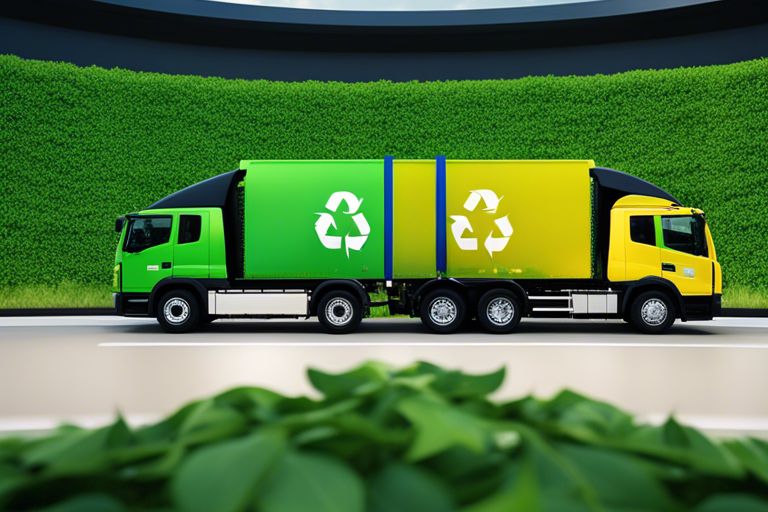
Conclusively, Grab Hire vs. Skip Hire – Which One Is More Eco-Friendly?
When it comes to choosing between grab hire and skip hire for your waste removal needs, it’s important to consider the environmental impact of each option. While both methods have their advantages and disadvantages, grab hire is generally considered to be the more eco-friendly option. By using a grab lorry to collect and transport your waste, you can significantly reduce the number of trips needed to dispose of your rubbish, thereby reducing fuel consumption and emissions. Additionally, grab hire allows for more precise and efficient handling of waste, further minimising environmental impact. So, the next time you’re in need of waste removal services, consider opting for grab hire to do your part in protecting the environment.
FAQ
Q: What is the difference between Grab Hire and Skip Hire?
A: Grab Hire involves a grab lorry with a hydraulic arm to pick up waste, whereas Skip Hire uses a large container that is placed on-site and removed when full.
Q: Which option is more eco-friendly, Grab Hire or Skip Hire?
A: Grab Hire is considered more eco-friendly as it allows for better sorting and recycling of waste, reducing landfill usage.
Q: How does Grab Hire benefit the environment?
A: Grab Hire reduces the need for multiple trips to transport waste, resulting in lower carbon emissions. Additionally, it allows for effective separation and recycling of waste materials.
Q: Is Skip Hire not as eco-friendly as Grab Hire?
A: While Skip Hire is still a viable option, Grab Hire has the advantage when it comes to minimising environmental impact due to its efficient waste segregation and transportation process.
Q: Can Grab Hire be used for both domestic and commercial projects?
A: Yes, Grab Hire can be utilized for a wide range of projects, including both domestic and commercial construction, landscaping, and renovation projects.
Q: What are the benefits of using Skip Hire?
A: Skip Hire provides a convenient on-site waste storage solution and is suitable for projects with limited access for large vehicles.
Q: Are there any regulations or restrictions to consider with Grab Hire and Skip Hire?
A: Both Grab Hire and Skip Hire are subject to waste disposal regulations and restrictions, such as the type of materials allowed in the containers and necessary permits for on-road placement.

